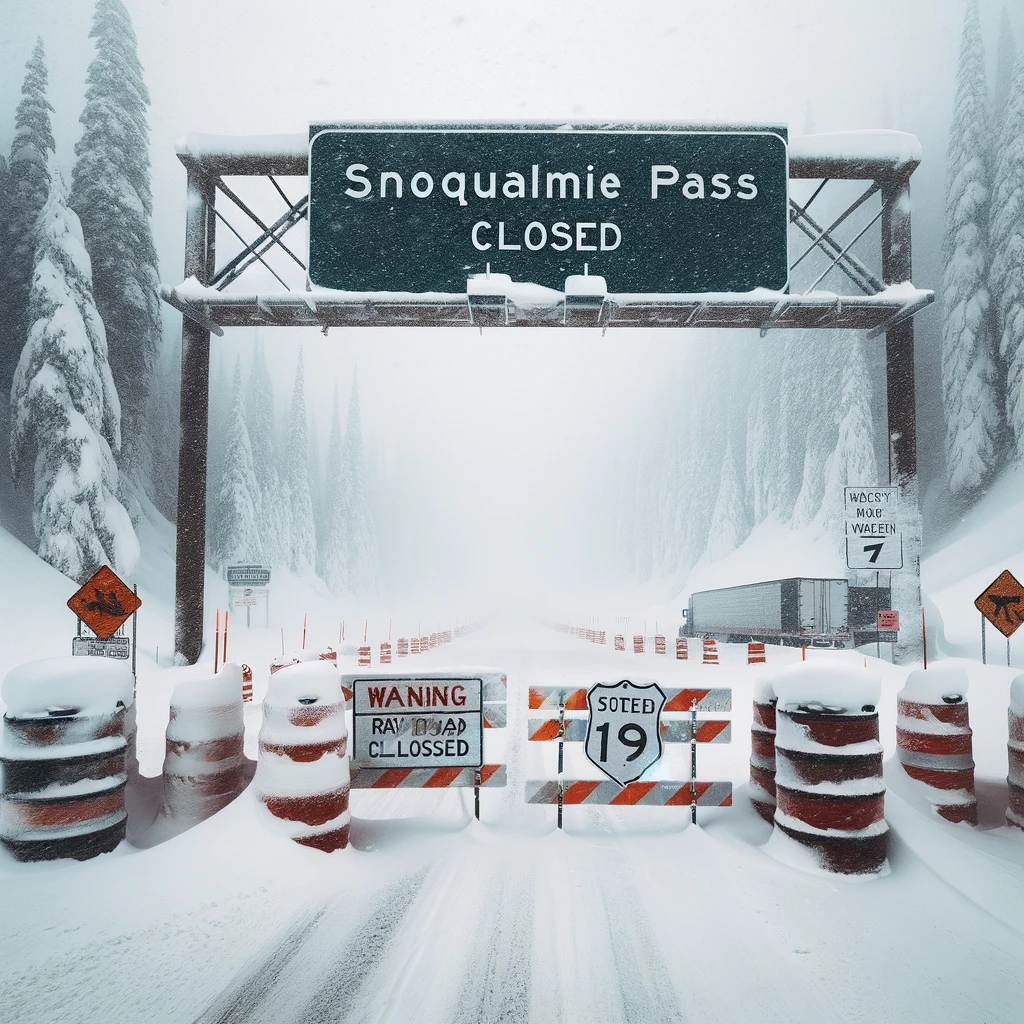Introduction: Discover the implications of unseasonal temperatures and the importance of preparedness for outdoor enthusiasts facing unpredictable weather conditions. Learn how rescue crews tackle emergencies caused by uncharacteristic weather in mountains and water. In this blog article, we explore the hazards associated with unseasonal temperatures and share essential safety tips for nature enthusiasts.
Unpredictable Weather and Mountain Hazards: Unseasonal temperatures pose significant risks in mountainous areas. The article reveals how snowmelt and rapid temperature fluctuations can increase the likelihood of avalanches, rockfall, and unstable terrain. Rescue crews face additional challenges when responding to emergencies in these hazardous conditions. To mitigate risks, it is crucial for outdoor enthusiasts to check weather forecasts, consult local authorities, and assess potential hazards associated with their chosen activities.
Water Hazards and Safety Measures: Unseasonal temperatures also impact bodies of water, making them more treacherous than expected. Lakes, rivers, and other water sources undergo sudden temperature changes, strong currents, and unexpected ice conditions, posing serious risks to swimmers, boaters, and anglers. Heightened concerns include cold-water shock, hypothermia, and drowning. Prioritizing water safety is essential through the use of appropriate flotation devices, understanding associated risks, and maintaining situational awareness.
The Role of Preparedness: Given these increased hazards, preparedness becomes paramount for outdoor activities. Consider the following key measures:
- Research and Planning: Thoroughly research the area, including terrain, weather patterns, and potential hazards. Check official guidelines and seek advice from experienced locals or professionals.
- Appropriate Gear: Equip yourself with gear suitable for the activity and environment. This includes proper clothing, footwear, safety equipment, navigation tools, and communication devices. Always carry a well-stocked first aid kit.
- Communication and Emergency Preparedness: Inform a reliable person about your plans, including your expected return time. Carry a fully charged cell phone, a portable charger, and consider investing in a personal locator beacon or satellite communication device for remote areas.
- Training and Education: Enhance your knowledge and skills through relevant training and certifications in outdoor activities. Consider first aid, wilderness survival, and water safety training.
- Adapting to Changing Conditions: Stay vigilant and adaptable during outdoor pursuits. Continuously monitor weather updates and be prepared to adjust or cancel plans if conditions become unsafe.
Conclusion: Unseasonal temperatures introduce unique challenges for outdoor enthusiasts, particularly in mountainous areas and bodies of water. By understanding the risks associated with unpredictable weather, conducting thorough research, and prioritizing safety measures, individuals can minimize accidents and emergencies. Remember to approach nature with respect, preparedness, and caution. Stay informed, stay safe, and responsibly enjoy the great outdoors.
Review our client resources here
Contact us anytime for your urgent legal needs.
About Blanford Law:
We are no-nonsense, relentless, fair, and honest. We are great listeners instead of fast talkers, that is just who we are. More than 20 years ago, Ken began practicing law with a deeply-seeded belief that every person has the right to the best legal representation available. He built his law firm on that belief. Another belief that he strongly adheres to is his fundamental belief that clients deserve respect, with no assumptions or preconceived notions. If you or someone you know is accused of a crime or injured as a result of the negligence of another, please have them call us at 253-720-9304 or email us info@blanfordlaw.com
Additional Resources
Three Injured in Car Accident on Highway 20: A Stark Reminder of Road Safety
This article discusses a serious car accident on Highway 20 that left three people injured. It serves as a reminder of the importance of road safety, highlighting common causes of accidents and the legal considerations for those involved.
Two Snowmobilers Injured in 50-Foot Embankment Fall Near Snoqualmie Pass
This article recounts the details of a snowmobiling accident near Snoqualmie Pass, where two individuals were injured after falling down a 50-foot embankment. It emphasizes the importance of safety and preparedness when engaging in winter sports.
Understanding the Risks: Snowmobile Accident Near Roslyn Highlights Safety and Legal Issues
This piece explores a snowmobile accident near Roslyn, focusing on the risks of snowmobiling and the legal issues that can arise from such incidents, including liability and insurance considerations.
Blizzard Warning at Snoqualmie Pass, Washington: Navigating the First Major Snowstorm in 11 Years
A detailed guide on how to navigate travel during a blizzard warning at Snoqualmie Pass, this article provides safety tips and legal advice for those affected by severe weather conditions and road closures during major snowstorms.
Snoqualmie Pass, Kittitas County, Washington Travel Advisory: Delay Trips Amidst Icy Conditions
This advisory offers essential information for travelers facing icy conditions at Snoqualmie Pass. It includes safety recommendations, road closure updates, and legal advice for those affected by hazardous winter travel conditions.

